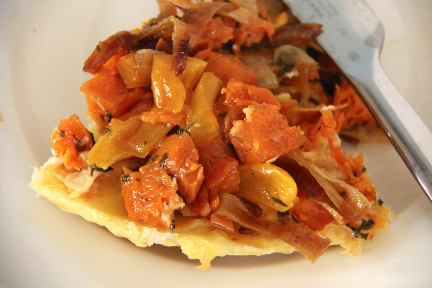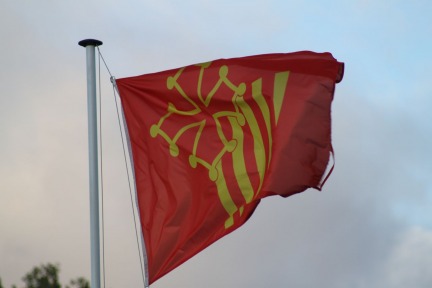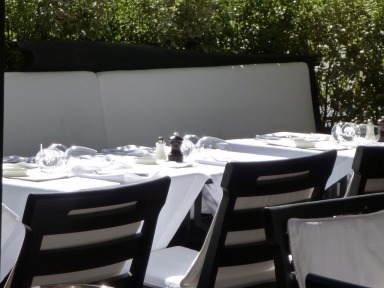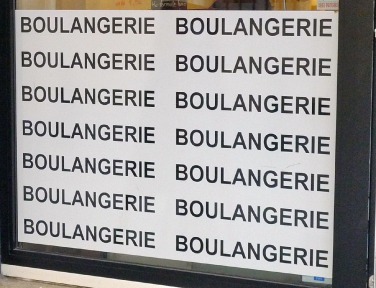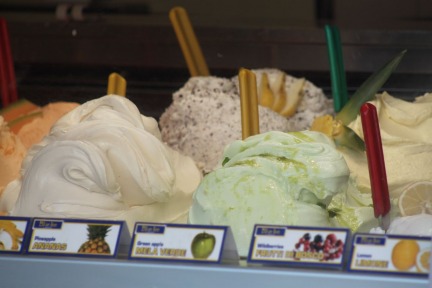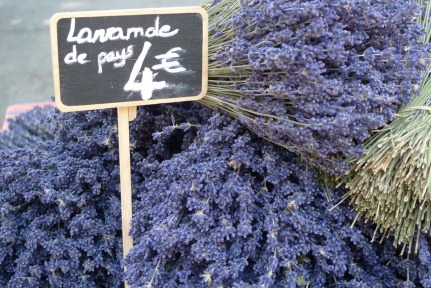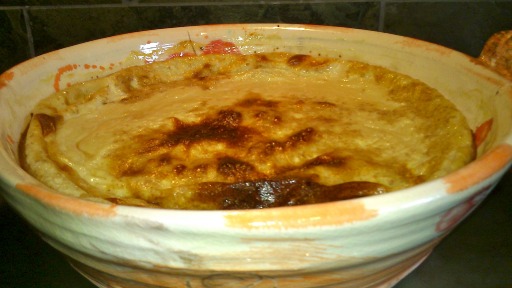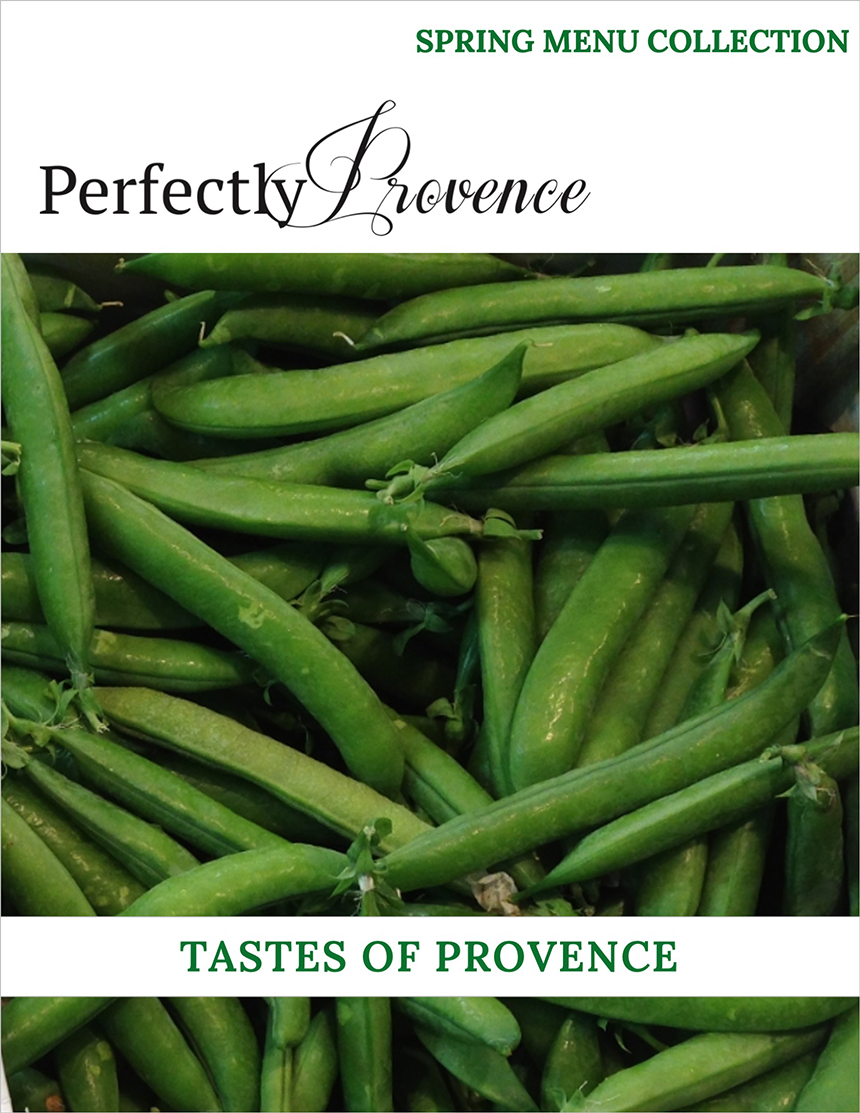It would be impossible to describe in any significant detail, the unique culinary treasures of the Languedoc region in a single blog post. Nutmeg has decided to take you on a little driving tour to share a few Languedoc food and wine highlights.
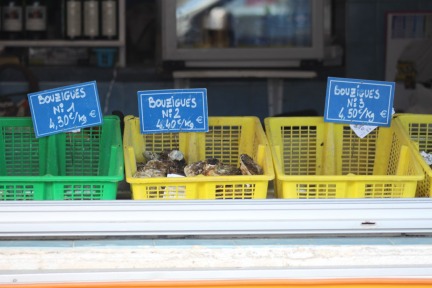
The Étang de Thau is a natural seawater lagoon. The lake is about 20 km long and relatively narrow at 8 km wide, it separated by a sand bar from the Mediterranean Sea. The Étang de Thau joins the Canal du Rhone at Sète and the Canal du Midi at Agde. The lagoon is a valuable water body for the production of shellfish in France, including oysters and mussels. The oysters and mussels grow in farms, in the waters of the Étang, once harvested; they are marketed as Bouzigues Oysters. The mistake that Ginger and Nutmeg made was to go to the village of Bouzigues on a Sunday at lunch time, with no reservation. There was not a parking space to be had, and the restaurants were full. The group had to return to Meze to find a roadside restaurant, the shellfish was delicious and the white wine a perfect match.
